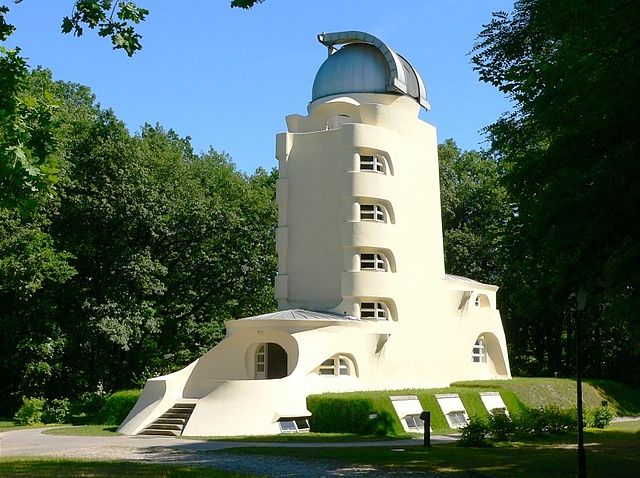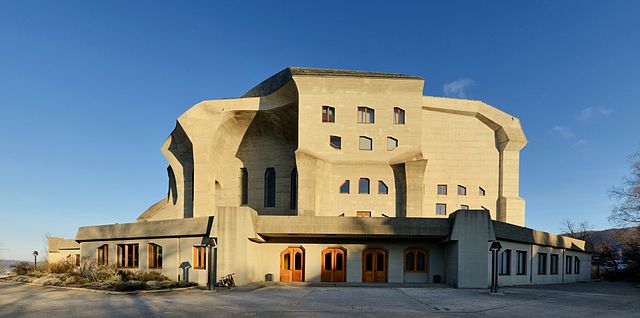Douglas Joseph Cardinal is a Canadian architect based in Ottawa, Ontario. His flowing architecture marked with smooth curvilinear forms is influenced by his Indigenous heritage as well as European Expressionist architecture. His passion for unconventional forms and appreciation of nature and landscape were present in his life from a very young age, and consequently developed into the unique architectural style he has employed throughout his career. Cardinal is perhaps best known for his designs of the Canadian Museum of History in Gatineau, Quebec (1989) and the National Museum of the American Indian in Washington, D.C. (1998). He is considered one of Canada's most influential contemporary Indigenous architects.
Cardinal in 2016
Canadian Museum of History
Edmonton Space And Science Centre (1984)
York Region Administrative Centre (1992)
Expressionist architecture
Expressionist architecture was an architectural movement in Europe during the first decades of the 20th century in parallel with the expressionist visual and performing arts that especially developed and dominated in Germany. Brick Expressionism is a special variant of this movement in western and northern Germany, as well as in the Netherlands.
Einstein Tower in Potsdam near Berlin, 1919–22 (Erich Mendelsohn)
Goetheanum in Dornach near Basel Switzerland, 1924–28 (Rudolf Steiner)
Dutch expressionism (Amsterdam School), Het Schip apartment building in Amsterdam, 1917–20 (Michel de Klerk)
Bruno Taut (1910)








